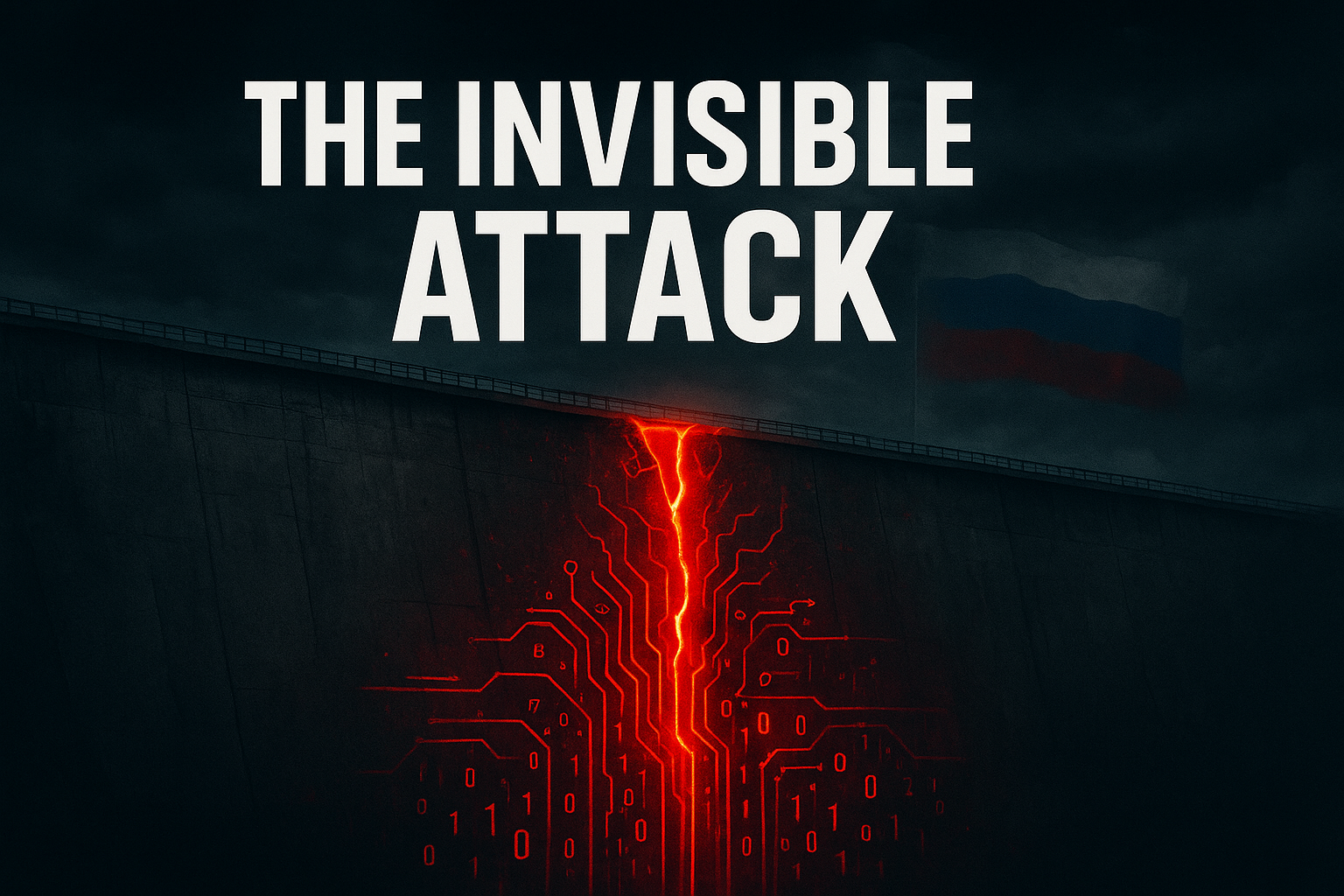Norway Blames Russia for Dam Sabotage Attack

Norway Spy Chief Blames Russian Hackers for Dam Sabotage in April
Norway’s intelligence chief has publicly accused state-sponsored Russian hackers of being behind the sabotage of a critical hydroelectric dam in April, a bold accusation that frames the incident as a direct attack on NATO critical infrastructure. The head of the Norwegian Police Security Service (PST) stated that the Norway dam sabotage was not a random act of cybercrime but a calculated act of aggression, consistent with Russia’s use of hybrid warfare tactics to destabilize European nations.
This public attribution of a major Russian cyber attack on infrastructure dramatically raises geopolitical tensions and puts all of Europe on high alert for similar attacks against their energy, communication, and transportation networks.
The April Incident: A Coordinated Attack
The incident in question occurred in April at a major hydroelectric facility in southern Norway. At the time, officials reported a sudden and unexplained malfunction in the dam’s control systems, which led to an emergency shutdown and significant disruption to the power grid. It was treated initially as a potential technical failure.
However, the new Norway intelligence agency report reveals a far more sinister cause. The PST’s investigation uncovered sophisticated malware embedded deep within the dam’s industrial control systems. The malware was designed to:
- Manipulate water release mechanisms.
- Provide false readings to system operators.
- Disable safety alarms and emergency protocols.
“This was a deliberate and professionally executed cyber attack designed to cause maximum disruption and potentially catastrophic physical damage,” the PST chief said in a press conference. “The digital fingerprints and the complexity of the malware point directly to a specific state-sponsored actor known to be affiliated with Russian intelligence services.”
Hybrid Warfare: Beyond the Battlefield
This attack is being viewed by security experts as a textbook example of hybrid warfare tactics. This strategy involves using a combination of conventional military threats, economic pressure, disinformation campaigns, and cyber attacks to weaken an adversary without engaging in open combat.
By targeting NATO critical infrastructure, Russia can:
- Create Instability: Disrupting power grids or communication networks can cause public panic and chaos.
- Test Defenses: These attacks allow them to probe for vulnerabilities in Western infrastructure that could be exploited in a future conflict.
- Intimidate and Coerce: It sends a powerful message of capability and willingness to escalate, serving as a tool of political intimidation.
The Kremlin has vehemently denied the accusations, calling them “baseless Russophobia,” a standard response to such allegations.
The Challenge of Attribution and Response
Publicly blaming a state actor for a cyber attack is a significant step. The process of “attribution”—confidently identifying the source of an attack—is notoriously difficult in the shadowy world of cybersecurity. The fact that Norway’s spy chief has made such a direct accusation indicates a very high level of confidence in the evidence.
The question now is how Norway and its NATO allies will respond. A direct cyber attack on critical infrastructure could be considered an act of aggression that warrants a collective response under NATO’s Article 5, which states that an attack on one member is an attack on all. The response could range from diplomatic sanctions to retaliatory cyber operations.
Conclusion: A New Frontline in European Security
The accusation that a Russian cyber attack on infrastructure was responsible for the Norway dam sabotage has opened a new and dangerous frontline in European security. It demonstrates that the conflict between Russia and the West is not confined to traditional battlefields but is being actively fought within the critical systems that power modern society. This incident is a stark warning that every dam, power plant, and communication hub is now a potential target in a growing geopolitical struggle.









